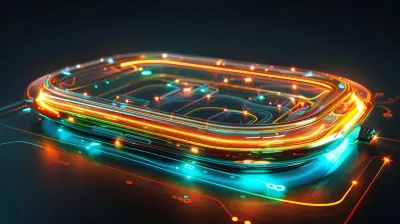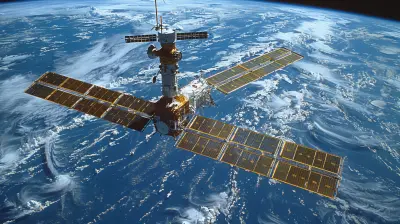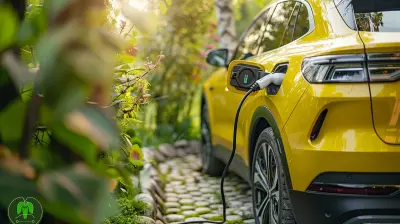The Ethics of AI in Art and Creativity: Who Deserves Credit?
1 October 2025
In a world where machines can paint like Van Gogh, write like Shakespeare, and compose like Mozart, we’re standing at the edge of a new Renaissance—one not powered by brushstrokes or penmanship, but by algorithms and neural networks. AI is no longer sitting quietly in the background; it's bursting onto the art scene, sparking inspiration and controversy in equal measure. But as lines blur between human and machine-made creativity, one pressing question echoes louder than ever: Who deserves credit?
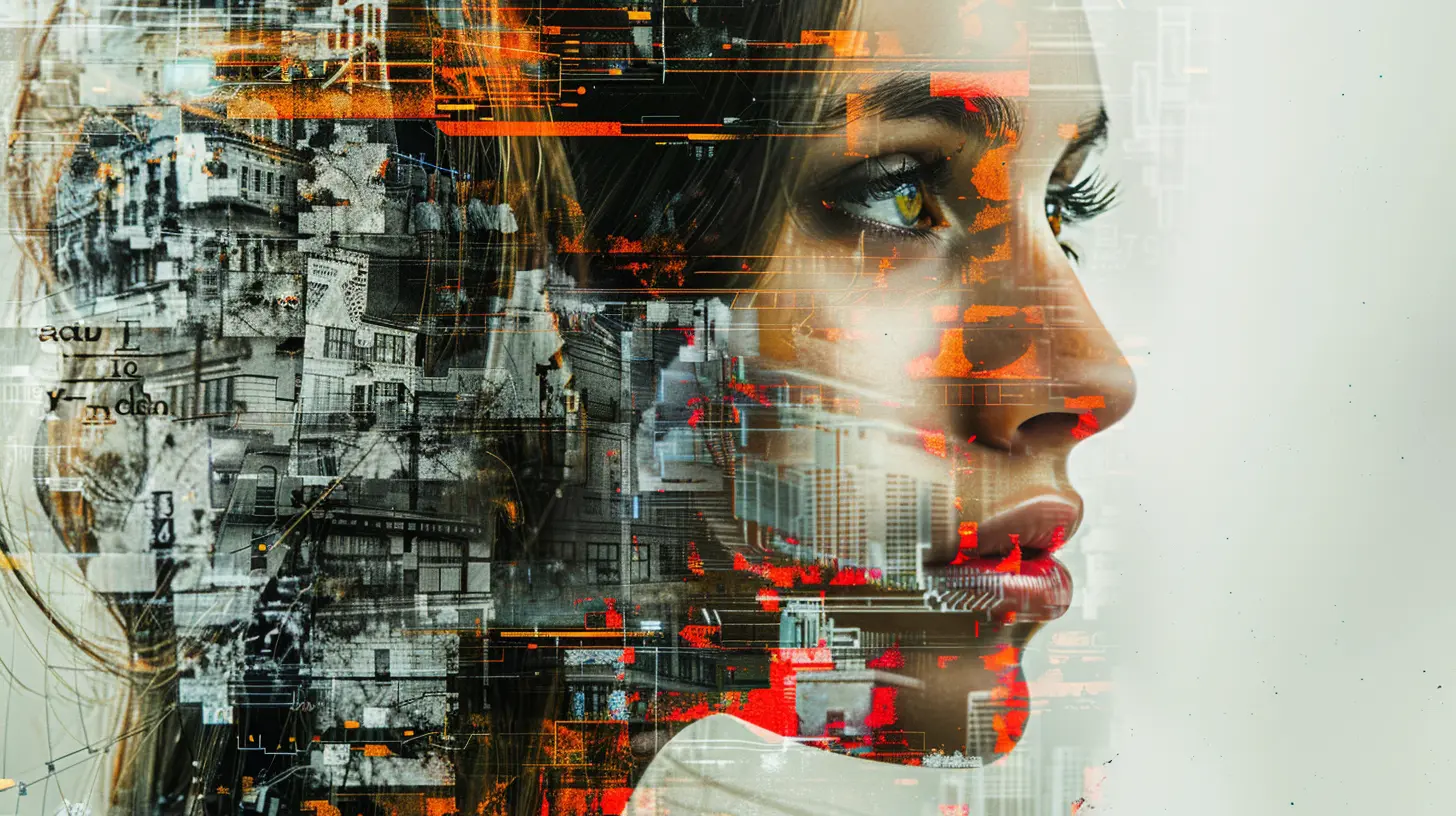
🎨 Art in the Age of Algorithms
Let’s be real—art used to be the sacred realm of human emotion. Pain, joy, existential dread—all captured through brushes, keys, strings, and beats. But now? We’ve got AI that can spit out symphonies, paint museums-worth of portraits, and write screenplays in seconds.Tools like DALL·E, Midjourney, and ChatGPT are changing the game. Feed in a few prompts, and boom—out comes something beautiful, bizarre, or downright brilliant. It’s like having a genie in your pocket. But does the genie get a signature on the canvas?
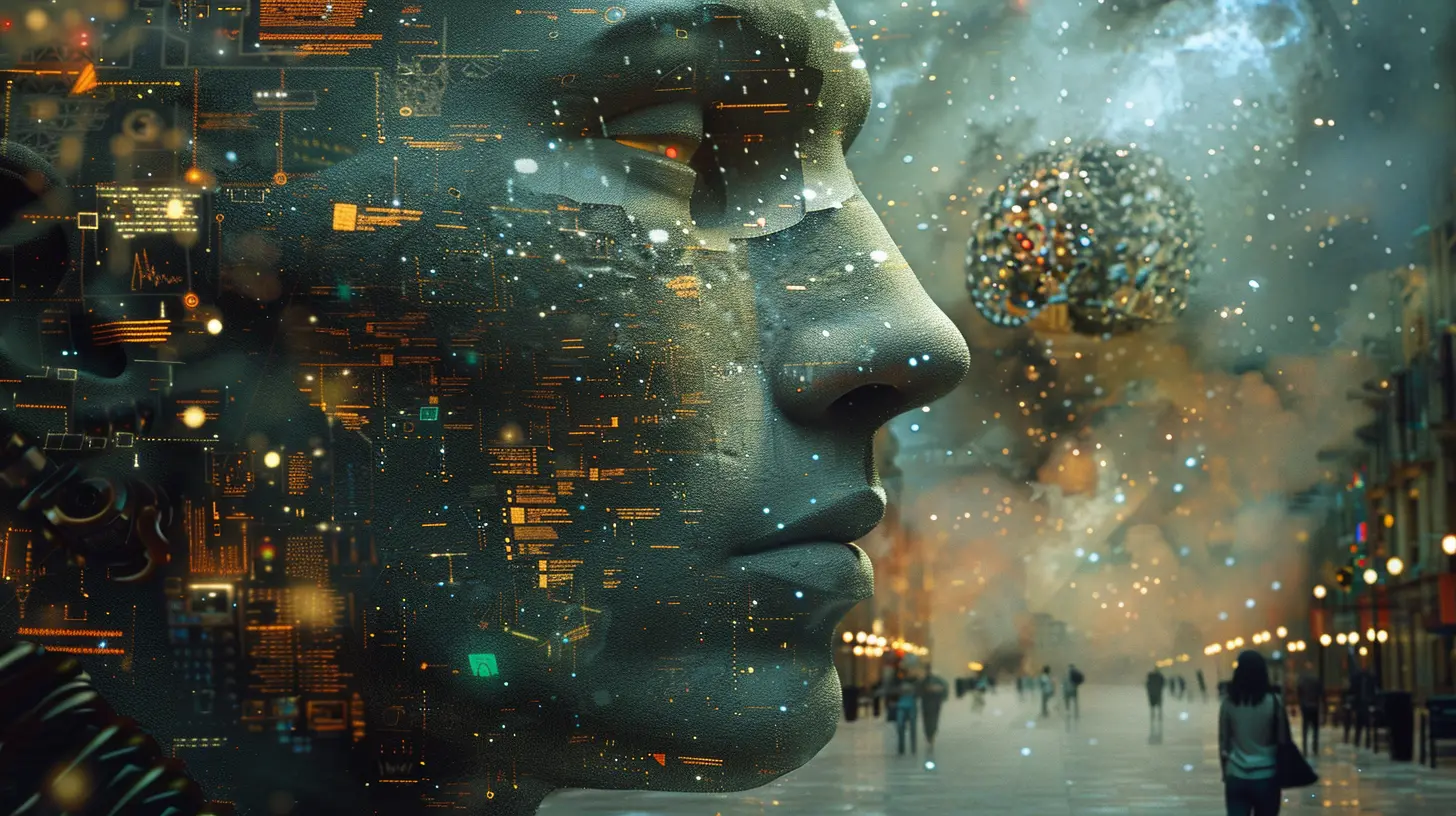
🤖 Can Machines Truly Be Creative?
Here’s the kicker: AI doesn’t feel. It doesn't cry over heartbreak or get goosebumps from a sunset. It doesn’t lay awake at night pondering its existence (at least, not yet). So, how can it be creative, in the classic sense?AI works by munching through mountains of data—our art, our stories, our music—and predicting what we might like. It’s remixing, not reinventing. It's like baking a cake from a recipe book written by millions of past chefs. Impressive? Sure. Original? That’s up for debate.
So when we call AI-generated content "art," we're not necessarily talking about soul, but about pattern recognition and probabilistic guesses. It’s like jazz played by a robot—it might hit the right notes, but does it swing?
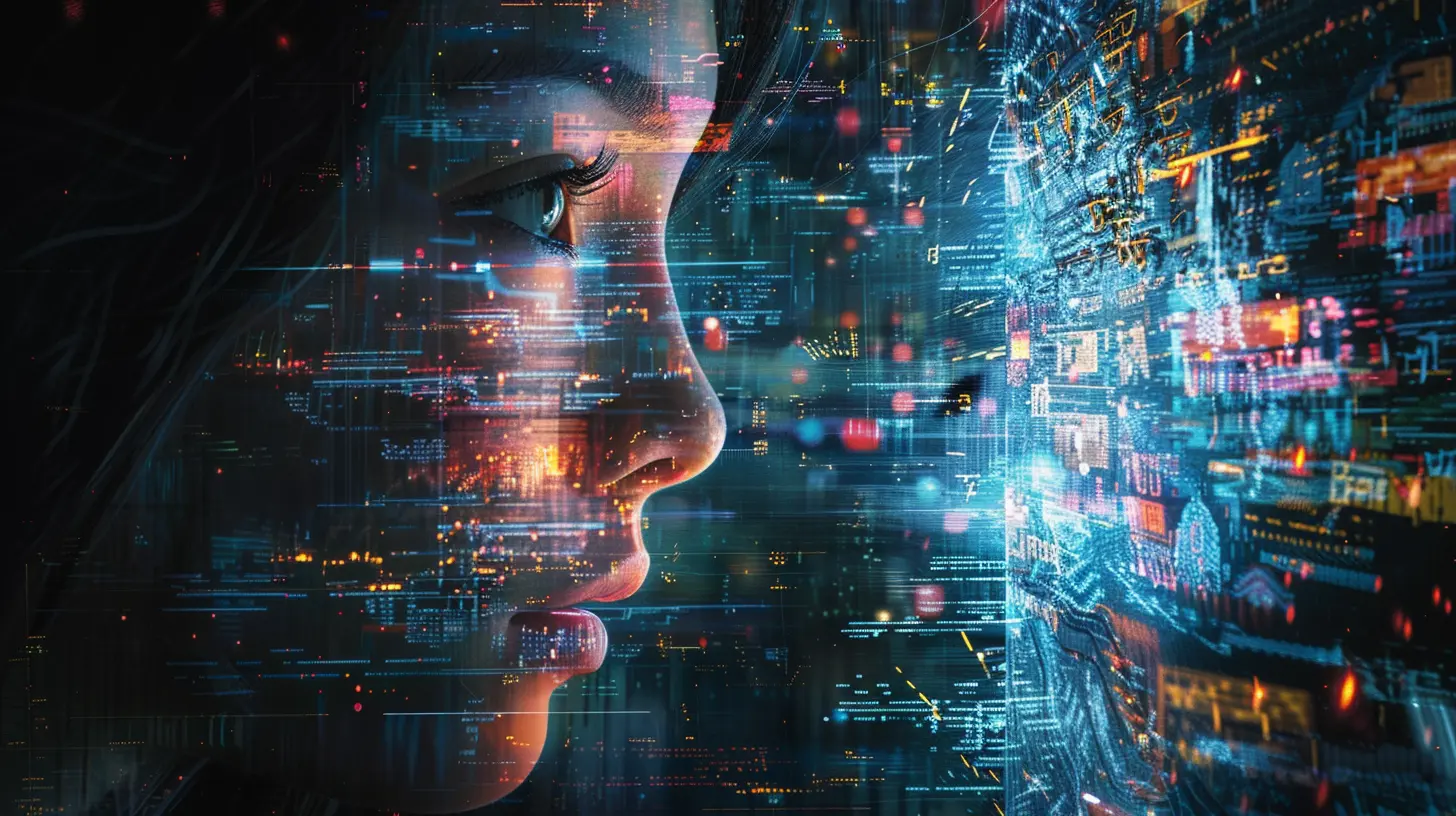
🧠 The Human Element: Who’s Really in Charge?
Let’s zoom in on the actual process. When someone uses an AI tool to create art, they're not just pressing buttons randomly. They’re feeding in prompts, adjusting settings, refining outputs—basically guiding the flow like a conductor directing an orchestra of silicon.So, does that make the human the true artist? Think of it like photography. The camera captures the image, but it’s the photographer’s eye, timing, and intuition that matter. Similarly, AI might be the paintbrush, but we’re still holding the handle—at least for now.
But wait—what happens when AI starts making choices we didn’t foresee? What if it writes a poem so profound that it stirs real emotions, or paints a scene so intricate that even critics are fooled?
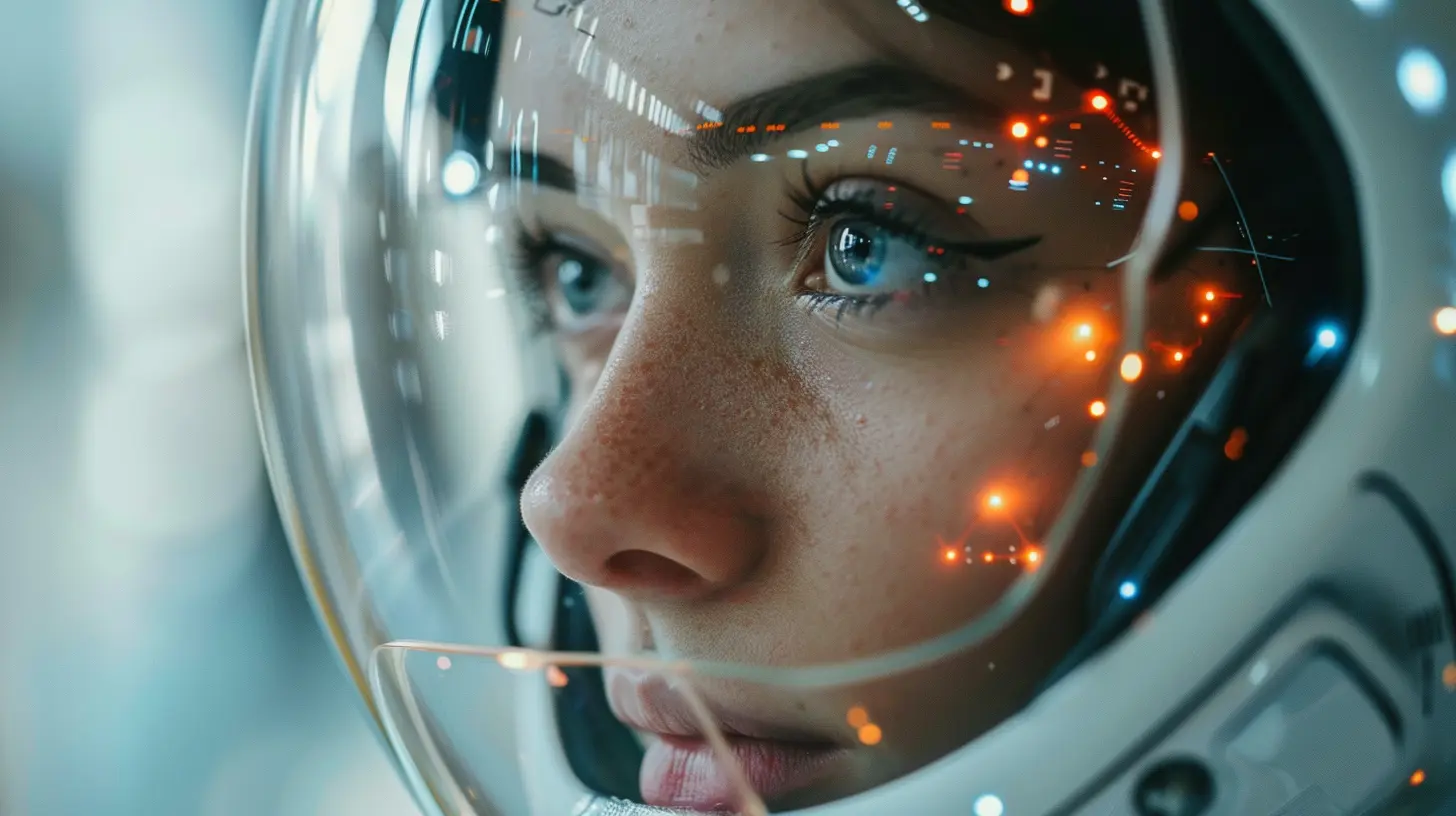
🔍 The Grey Zone of Attribution
Here’s where things get knotty. Say an artist uses Midjourney to create a digital piece. Should they sign it with their name? Should the AI be listed as co-creator? Or maybe the credit should go to the thousands of human artists whose style was unknowingly “sampled” to train the AI?It’s like building a castle from borrowed bricks. You might arrange them in a cool new way, but someone else made the bricks in the first place.
We’ve seen lawsuits pop up already—illustrators outraged that AI tools are mimicking their distinct styles. They didn’t consent to have their work used as training fodder, and now machines are copying their flair at lightning speed. Fair? Not really.
📝 Legal Credit vs. Moral Credit
Legal systems are just starting to grapple with this. Some countries have ruled that AI-generated works can’t be copyrighted unless a human had a creative role. Others are still scratching their heads.But laws evolve slowly. The moral compass of society? That’s spinning wildly as we try to find true north in this new creative climate.
Let’s break it down:
- Is it ethical to claim full authorship of AI-generated art?
- Should developers of AI models get a slice of the credit pie?
- What about the original human creators whose work trained the AI?
These aren’t easy questions, and there’s no one-size-fits-all answer. It’s like asking who deserves credit for a dish cooked using grandma’s secret recipe, ingredients from a supermarket, and instructions from a cooking app.
🧩 Creative Collaboration or Creative Theft?
Some say AI is just another tool, like a paintbrush or Photoshop. But that’s a bit like comparing a bicycle to a self-driving car. One lets you coast with effort; the other drives itself with little need for you at all.When you're using AI, you're not just using a tool—you’re engaging in a kind of collaboration. But the partner you're working with doesn’t sleep, doesn’t demand royalties, and doesn’t ask for artistic integrity. It’s silent but powerful.
Yet, we can’t ignore the uncomfortable truth: AI is built on the backs of human labor. Every brushstroke, every word, every note in its training data came from someone, somewhere. And most of them weren’t asked if they wanted to be part of this grand experiment.
🖋️ Credit Where Credit’s Due
So, how do we move forward?1. Transparency is key. If AI helped create a piece, say so. There’s no shame in using emerging tools. Hiding it only fuels mistrust.
2. Shared credit models. Maybe the future lies in new ways of acknowledging collaboration—like "co-created with AI" or listing both human and machine contributors.
3. Better compensation systems. Artists whose work is used to train AI models could receive royalties or credits, just like musicians do when their samples are used.
4. Ethical AI design. Developers should prioritize consent and fairness in training their models. Data scraping can’t be the wild west forever.
5. Creative education. Artists and audiences alike need to understand what AI really is—and isn’t. Knowing the difference between remix and invention empowers everyone.
💡 The Future: A Symphony or a Solo?
Where do we go from here? That depends on whether we treat AI like a replacement or a partner.Imagine a world where artists use AI not to replace their voice, but to amplify it. A poet collaborating with a machine to craft multilingual verses. A filmmaker using AI to storyboard wild dreamscapes. A musician improvising with an algorithm that responds in real time.
Used right, AI could be like a piano—you still need talent and training to make it sing. The magic happens when humanity and technology waltz together, not compete for the spotlight.
But when credit isn’t given fairly, we break that harmony. We risk turning art into a hollow echo chamber, where creators are forgotten and machines get all the applause.
🧬 Creativity Is (Still) a Human Superpower
Despite everything, there’s one thing AI still can’t replicate: the messy, irrational, deeply personal essence of being human. It can learn our patterns, but it can’t feel our pain. It can mimic our style, but not our soul.Creativity isn’t just about output—it’s about intention. About the story behind the piece, the sleepless nights, the doubts, the triumphs. That raw vulnerability? It's ours, and it still matters.
So, who deserves credit in AI-generated art? The answer isn’t black or white. It’s as colorful and complex as the art itself. But if we stay honest, stay respectful, and stay open to dialogue, we might just write the next chapter of creative history together—a chapter where both human and machine leave their mark, side by side.
all images in this post were generated using AI tools
Category:
Ai EthicsAuthor:

Ugo Coleman
Discussion
rate this article
1 comments
Jillian Hunter
This article raises essential questions about authorship and ethical considerations in AI-generated art. As technology evolves, it's crucial to establish clear guidelines that recognize both human and machine contributions. Balancing innovation with respect for creative ownership will shape the future of art in the AI age.
October 1, 2025 at 3:24 AM

Ugo Coleman
Thank you for your insightful comment! I completely agree that establishing clear guidelines for authorship in AI-generated art is vital for balancing innovation and creative ownership.
